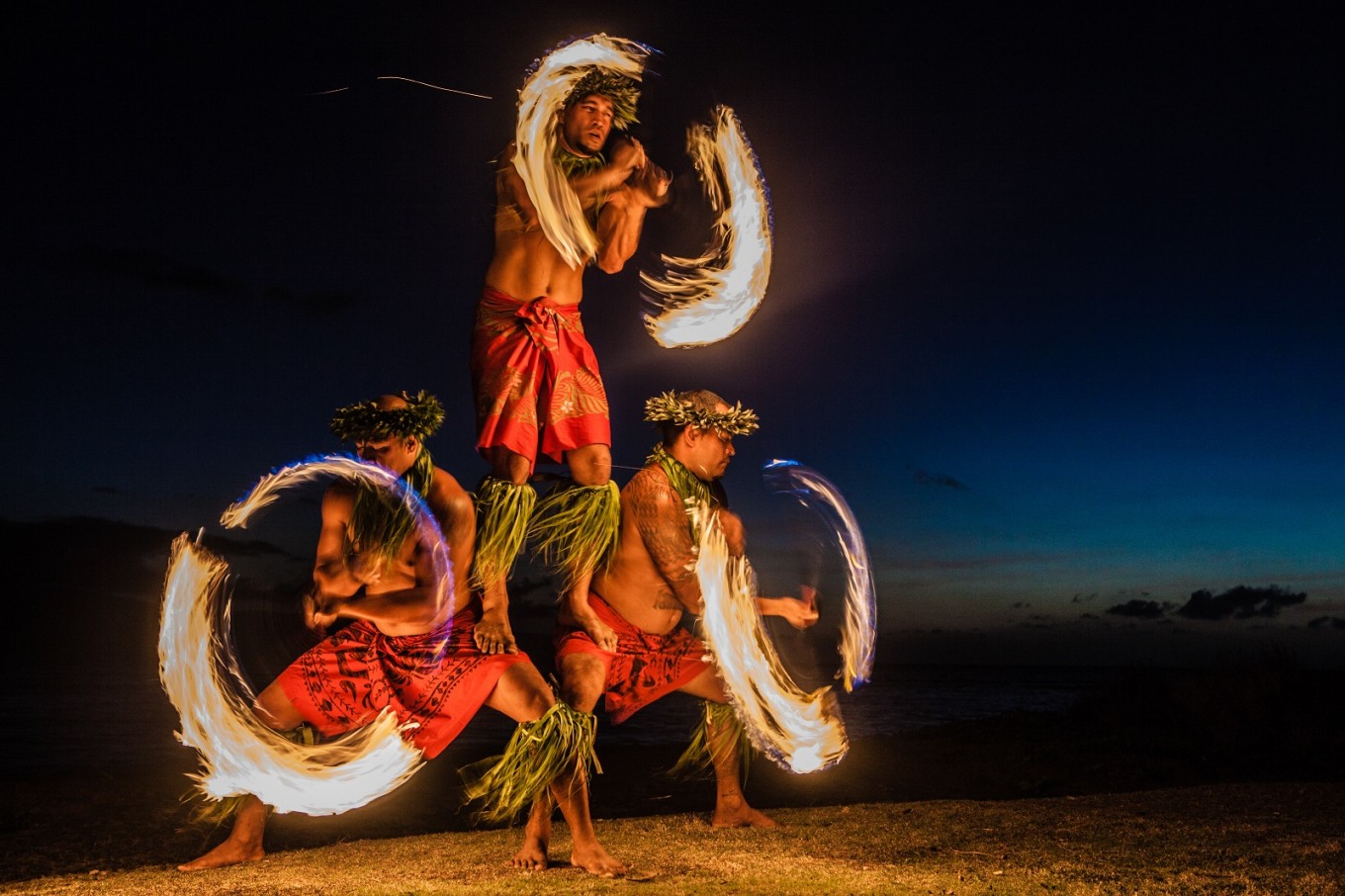Popular Reads
Top Results
Can't find what you're looking for?
View all search resultsPopular Reads
Top Results
Can't find what you're looking for?
View all search resultsU.S. airlines are ready to party in Hawaii with a flood of seats
Change text size
Gift Premium Articles
to Anyone
W
ho doesn’t love a Hawaiian holiday? Airlines have recognized strong traveler demand for the Aloha State and are pouring on new service—even before Southwest Airlines Co. launches its planned entry into the market.
American Airlines Group Inc. plans to begin a daily winter flight from Chicago to Honolulu on Dec. 19. Hawaiian Holdings Inc. also plans additional West Coast service this year, using a new fleet of Airbus A321neos. Last week, Southwest announced its plans to serve four Hawaii cities from the West Coast, with flights expected to commence late this year or in 2019.
All this new flying follows a massive service boost by United Continental Holdings Inc., which increased flights on 11 routes in late December. Industry-wide, capacity to Hawaii rose 14 percent in the first quarter.
“Carriers are just responding to it being a really strong part of their network, from a demand perspective,” Brent Overbeek, Hawaiian’s senior vice president of revenue management and network planning, said Wednesday. “West Coast disposable income has been quite strong over the last several years, and if you look at the amount of growth in leisure travel out of the big metropolitan cities on the West Coast, it’s quite strong.”
Visitor arrivals have increased each year since the 2008-09 recession, including a 6 percent average growth from the West Coast over the past three years and a 3 percent increase forecast for this year, according to the Hawaii Department of Business, Economic Development & Tourism. The U.S. Pacific time zone is Hawaii’s largest source market for tourism, supplying nearly 4 million visitors per year.
Hawaii is predicting greater growth in overall visitor arrivals and spending during the next four years. Next spring, All Nippon Airways Co. Ltd. plans to fly its first Airbus A380, the world’s largest passenger aircraft, for service from Tokyo to Hawaii to help meet demand in Japan.
“I think there’s still room to grow” in Hawaii, said Jason Reisinger, American’s managing director of global planning. “We wouldn’t be adding this [flight] if we didn’t think there’s room.”Over at United, the airline surprised investors in January with an expansion plan that sees 4 percent to 6 percent annual growth as it seeks to bolster its three mid-continent hubs and increase market share. Lost amid its focus on smaller markets however was United’s aggressive expansion in Hawaii. In December, United added daily, year-round service from Denver to Kona, Lihue and Maui, the largest island destinations after Honolulu, while also increasing flights to Hawaii from its hubs in Chicago, Los Angeles and San Francisco. More than one-third of the new capacity at the Chicago-based carrier will be for additional Hawaii flights.
Southwest’s Hawaii service, meanwhile, is a response to the competitive disadvantage it faced in California, thanks to newly enlarged Alaska Air Group Inc., said Adam Hackel, an analyst with Imperial Capital LLC. Alaska had multiple Hawaiian destinations for which members of its Mileage Plan program could redeem award miles, and Southwest didn’t. “It’s really a frequent-flier play for Southwest,” he said. “They’re the No. 1 player in California, and they’ve seen the impact of having Alaska in that market now in a much bigger way.”
Likewise, the seasonal Chicago route by American, the world’s largest carrier, “is a perfect example of these guys building off of their big hubs, where they have the biggest frequent flier bases,” Hackel said. Roughly 10 percent of the Big Three U.S. carriers’ seats to Hawaii are allocated for frequent-flier mileage awards, according to an analysis of Department of Transportation ticket data by Hawaiian Airlines.
But if you’re suddenly dreaming of a cheap beach vacation, don’t get too excited. Just because Southwest is sending its 737s over the Pacific, the so-called “Southwest effect” on fares is likely to be muted in Hawaii, analysts said, given the plethora of competitors.
“Basically, it’ll be a race between rising demand and rising supply levels,” said Seth Kaplan, managing partner of Airline Weekly, a trade journal.
Read also: European airlines seek bigger piece of Latin American pie
Southwest isn’t likely to offer cut-rate fares on its island routes, because that would simultaneously set a bad precedent for its pricing and spook investors, Hackel said. He predicts that current fares will remain largely unchanged after the dust settles from Southwest’s introductory prices. Operating costs for Hawaii also tend to be higher, which deters airlines from putting truly bargain-basement fares into the market.
“I don’t see dramatic changes; it just doesn’t make sense,” Macquarie Group analyst Susan Donofrio said of fares. “You’re not looking at a monopoly [route] anywhere, or even a duopoly.”







